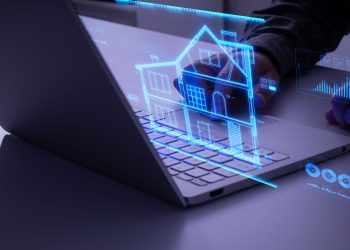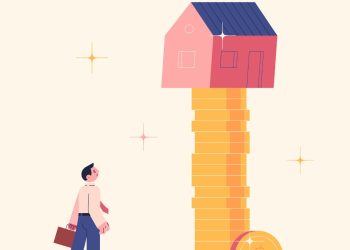Black people own a disproportionately smaller share of homes relative to population size in each of the nation’s 50 largest metros, according to a new report from LendingTree.
LendingTree’s latest report analyzed U.S. Census Bureau data on homeownership rates for Black people in the nation’s 50 largest metro areas and specifically compared the share of homes owned by those who identify as Black to the population of Black people living in each metro.
The report found that Black people make up an average of 14.88% of the population across the nation’s 50 largest metros, but they only own an average of 10.02% of owner-occupied homes across the same areas. For comparison, white people across the nation’s 50 largest metros account for an average of 58.21% of the population—yet they own an average of 70.51% of owner-occupied houses.
Key highlights:
- Salt Lake City, Utah, has the smallest difference between the share of homes owned by Black people and the share of the population that’s Black. 1.68% of the population identifies as Black, while Black homeowners make up 0.57% of owner-occupied housing units. That’s a difference of 1.11 percentage points.
- Following is San Jose, California, where 2.37% of the population is Black and 1.15% of owner-occupied housing units are owned by Black people. That makes a difference of 1.22 percentage points.
- Third is San Antonio, Texas, where the percentage of the population that is Black is 6.62% and the percentage of owner-occupied housing units owned by Black people is 5.35%. The difference is 1.27 percentage points.
- On the other end of the spectrum, Memphis, Tennessee, has the biggest difference between the share of homes owned by Black people and the share of the population that’s Black. In Memphis, Black people make up 46.7% of the population—the largest among any metro in the study. However, they own only 34.99% of occupied housing units in the metro, resulting in a disparity of 11.71 percentage points.
- New Orleans comes second, with the Black population at 33.37% and the owner-occupied housing units owned by Black people at 24.42%. The difference is 8.95 percentage points.
- Third is Baltimore, Maryland, where 28.78% of the population is Black and 19.94% of the owner-occupied housing units are owned by Black people. This makes a difference of 8.84 percentage points.
- According to the latest U.S. Census Bureau estimates, the median household income for those who identify as Black is $48,297. That’s almost $30,000 less than the $77,999 median income for white households, contributing to the disproportionate data.
The takeaways:
A recent report from Today’s Homeowner covered by RISMedia found that the Black and white homeowners gap has widened by more than two percentage points since 1960, with most of that change occurring between 2010 and 2021 when the gap grew by 1.5 percentage points. Also, the gap expanded from 27% in 1960 to slightly higher than 27.7% in 1994, and by July 2022, the gap had grown to 29.4%.
The article stated that growth in the gap in the past decade can be traced back to the Great Recession, according to industry pundits who agree that Black homeowners are more vulnerable to economic shocks.
“Even taking the long view, it has been remarkably stable despite different civil rights legislation and cultural progress,” said Shadi Bushra, author of the Today’s Homeowner report, who noted in the article that the gap hovered around a 30 percentage point difference between white and Black homeownership for decades. “The Great Recession had many knock-on effects. First off, Black homeowners lost their homes because they were the victims of those predatory lending practices that triggered the subprime mortgage crisis.”
As for the possible reasons behind the data in the LendingTree report, Jacob Channel, LendingTree’s Senior Economist and author of the report, said that “Black Americans also: generally have less household wealth, are more likely to be unbanked, and experience higher mortgage denial rates. Further, the legacies of historical policies meant to disenfranchise Black homebuyers, like ‘redlining,’ have had a long-lasting impact that still contributes to the disproportionately low homeownership rates among Black people today.
Channel added, “Owing to a multitude of systematic challenges that they must often face–including having less intergenerational wealth and having fewer opportunities to access credit–homeownership rates among Black people are disproportionately low across the nation. This goes to show that while housing discrimination isn’t legal, it can still be very difficult for Black Americans to overcome the barriers that stand between them and homeownership.”
For the full report, click here.












